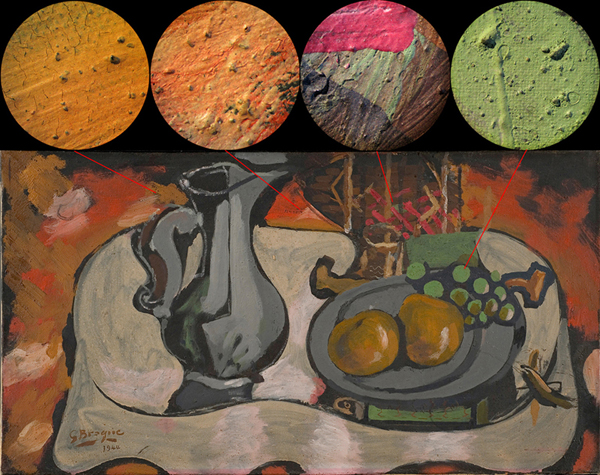An interview between Meg Clark, program coordinator at the Phillips’s Center for the Study of Modern Art, and Klaus Ottmann, director of the Center and Phillips curator at large, on his installation in the Main Gallery of works from the permanent collection
Meg Clark: Was this your first time curating an entire gallery space from the permanent collection for the museum? What made you choose the Main Gallery?
Klaus Ottmann: An entire gallery space, yes. I think this is a kind of departure for the museum, in an effort to create more diversity and curatorial voices as far as permanent collection installations are concerned. The reason it is in the Main Gallery is because it was the first space available; it needed to be reinstalled after the Snapshot show, and I was asked to do it. I also think the Main Gallery is a beautiful space, because it really is a very traditional art gallery space. It has no windows, beautiful light, and is elevated to a certain extent–the viewpoint upon entering the gallery from the house is so interesting.
Some of the works here have elements of chaos, and collapse – which is something I think art is very much about.
MC: Tell us about your curatorial process, generally speaking and for this particular installation. Do you ever approach a project with a theme in mind, and, if so, what did you have in mind for this space?
KO: I have what you might call a non-traditional curatorial practice. It is less art historical and more influenced or informed by my philosophical background. I consider my practice to be one of structuralism, which is a form of formalism–one that considers form as content. I tend to have an a-historical approach, something that is very suitable to this museum since we do not have separate departments for different time periods, different media, etc. Years ago in other museums it was almost impossible to mix things between media and between different periods in the way it is done here. More and more museums are doing that now, but the Phillips was doing this from the very beginning, never having restrictions. There is a great freedom in that.
I never come to an installation or an exhibition with a preconceived idea or theme. I let it evolve from the works themselves. I look at a number of works and see what appeals to me. I do know that for this space I wanted to have a mixture of painting, sculpture, and photography. I especially wanted to show works we have rarely exhibited. As I was browsing through our databases and seeing what we have, certain things came to mind. For instance I like the idea of chaos and works that evoke a sense of uncontrollable circumstances or feeling. Some of the works here have elements of chaos and collapse, which is something I think art is very much about. Continue reading



